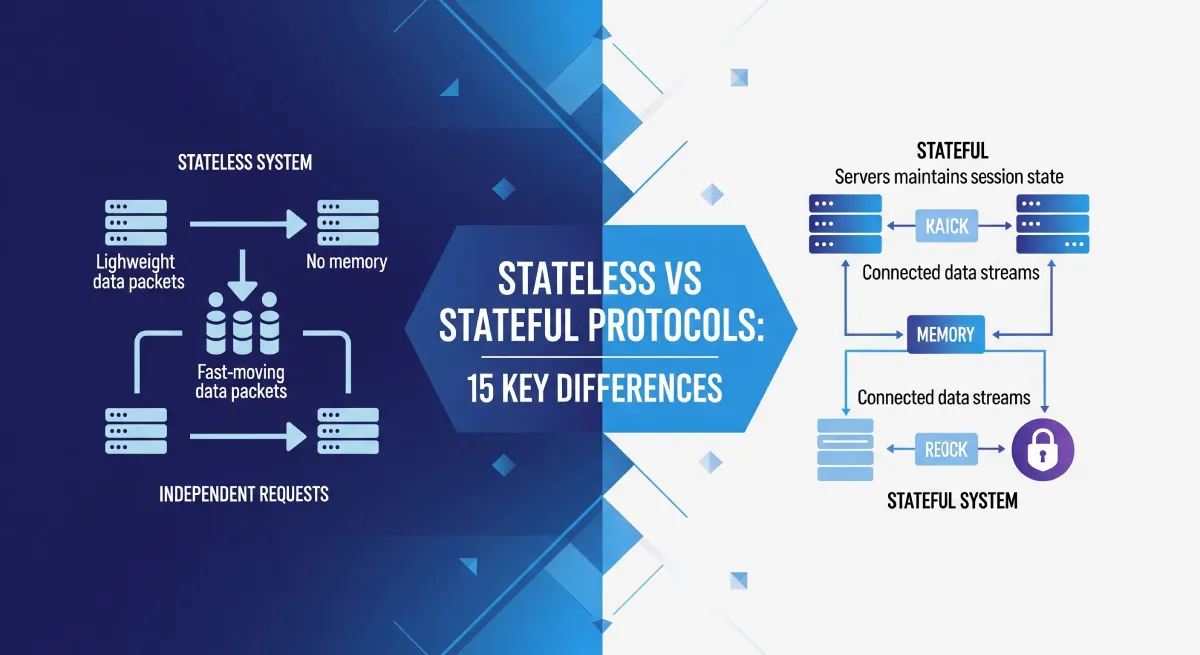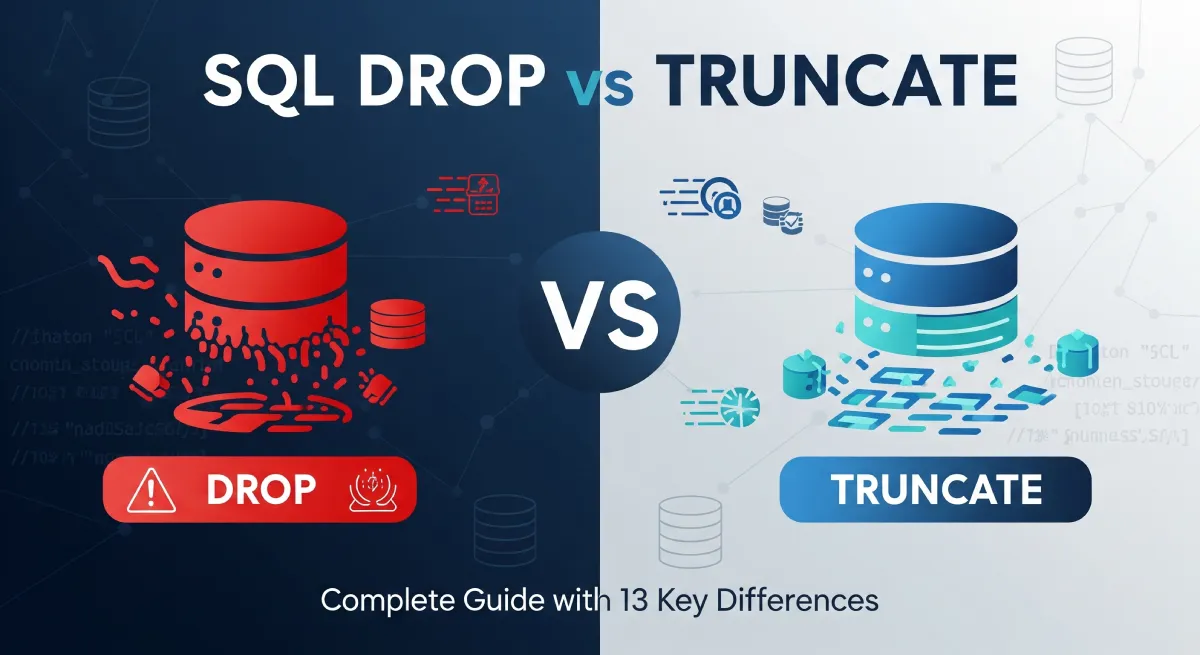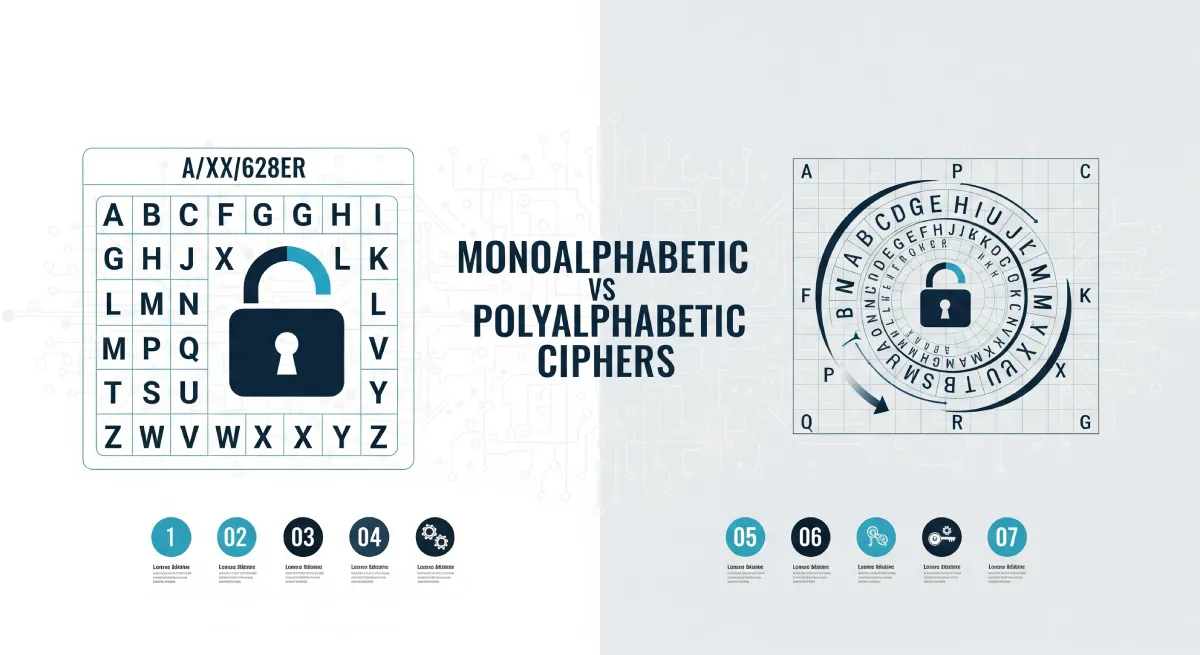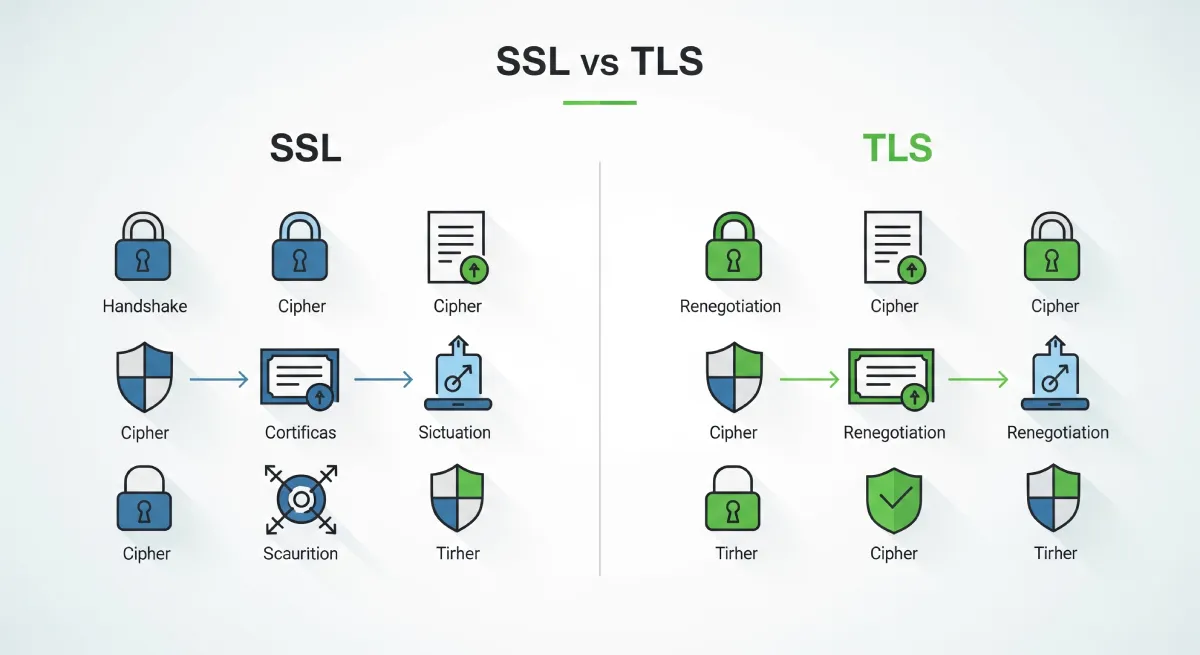In computer architecture, RISC vs CISC defines two distinct processor designs. RISC (Reduced Instruction Set Computing) focuses on simplicity and speed by using fewer, simpler instructions, while CISC (Complex Instruction Set Computing) handles more complex operations with fewer lines of code. This guide explores their differences, strengths, and practical applications.

Decoding RISC: Streamlining Complexity for Enhanced Performance
RISC architecture is characterized by its simplicity and a reduced set of instructions, each taking a single clock cycle to execute. This streamlined approach aims to maximize speed and efficiency in processing, making it an ideal choice for certain computing tasks.
RISC’s Core Tenets
1. Simplicity in Instruction Set: RISC architectures focus on simplicity, with a limited set of basic instructions that execute in a single clock cycle, optimizing speed. 2. Pipeline Processing: RISC processors often employ pipelining, enabling the concurrent execution of multiple instructions and further enhancing performance.
3. Registers as Storage: RISC architectures heavily utilize registers for storing and manipulating data, reducing the need for frequent memory access.
Navigating CISC Complexity: Balancing Versatility and Efficiency
In contrast, CISC architecture embraces a more extensive set of instructions, each designed to perform multiple low-level operations. This complexity is aimed at providing versatility and reducing the number of instructions needed to execute a program.
CISC’s Key Attributes
1. Rich Instruction Set: CISC architectures boast a rich set of instructions, often capable of performing complex operations in a single instruction.
2. Memory Access Efficiency: CISC processors may involve fewer instructions for a given task, reducing the need for constant data movement between memory and registers.
3. Variable-Length Instructions: CISC instructions can vary in length, accommodating a range of operations within a single instruction.
Choosing the Right Architecture: Practical Considerations
The decision to opt for a RISC or CISC architecture depends on the specific requirements of the computing task at hand. While RISC excels in scenarios demanding rapid execution of a large number of relatively simple instructions, CISC shines when versatility and complex operations are paramount.
Considerations for RISC:
Compute-Intensive Tasks: RISC is well-suited for tasks that involve a high volume of relatively simple computations.
Real-Time Processing: Its simplicity makes RISC ideal for real-time processing applications.
Energy Efficiency: RISC architectures often excel in terms of energy efficiency.
Considerations for CISC:
Versatility in Instruction Set: CISC is preferred when a diverse and rich set of instructions is crucial for a range of tasks.
Memory Efficiency: CISC architectures can be advantageous in scenarios where memory access efficiency is vital.
Ease of Programming: CISC’s extensive set of instructions can simplify programming for certain applications.
Real-World Applications: Where the Rubber Meets the Road
RISC in Action
In the realm of mobile computing and embedded systems, RISC architectures, with their emphasis on speed and energy efficiency, have found substantial application. Processors in smartphones, tablets, and various IoT devices often leverage RISC principles for optimal performance.
CISC Making Strides
On the other hand, CISC architectures are prevalent in general-purpose computing devices, such as personal computers and servers. Their ability to handle a wide array of instructions with fewer lines of code makes them well-suited for these applications.
Key Difference Between RISC and CISC
RISC | CISC |
|---|---|
| Stands for Reduced Instruction Set Computer | Stands for Complex Instruction Set Computer |
| Single clock cycle instructions | Several clock cycle instructions |
| No memory unit | It has memory unit |
| Multi register sets are present | single register set is present |
| Pipelining is easy | Pipelining is difficult |
| Less Addresses mode | More Addresses mode |
| same instructions set with formats | Different instruction sizes and formats |
| Less Execution time | More Execution time |
| It has a hard-wired control unit | It has a micro-programmed control unit |
| Decoding of instructions is simple | Decoding of instructions is complex |
FAQs:
Q1: Which is better, RISC or CISC?
Answer: In choosing between RISC and CISC, it depends on the specific requirements of the computing task. RISC excels in speed and energy efficiency, while CISC offers versatility in handling complex instructions.
Q2: Can a processor be both RISC and CISC?
Answer: In some cases, processors employ a combination known as RISC-V, aiming to harness the strengths of both architectures for optimal performance.
Q3: Are all modern processors RISC or CISC?
Answer: Modern processors often exhibit elements of both RISC and CISC architectures, showcasing a convergence of design philosophies for enhanced efficiency.
Q4: Do RISC processors always outperform CISC processors?
Answer: Not necessarily. The superiority of RISC or CISC depends on the specific application requirements, and both architectures have their strengths in different scenarios.
Q5: Are there any drawbacks to RISC or CISC architectures?
Answer: While RISC focuses on simplicity, it may face challenges in handling more complex operations. On the other hand, the extensive instruction set of CISC can lead to increased complexity in decoding instructions.
Q6: How do RISC and CISC impact power consumption?
Answer: RISC architectures, with their streamlined approach, often result in lower power consumption, making them suitable for energy-efficient applications. CISC, with its versatility, may consume more power but offers efficiency in handling diverse instructions.
Conclusion: Navigating the RISC-CISC Spectrum
In conclusion, the difference between RISC and CISC extends beyond mere architectural dissimilarity; it is a nuanced exploration of trade-offs and strategic choices. Choosing between them involves a careful consideration of the specific needs of the computing task, striking a balance between simplicity and versatility.




